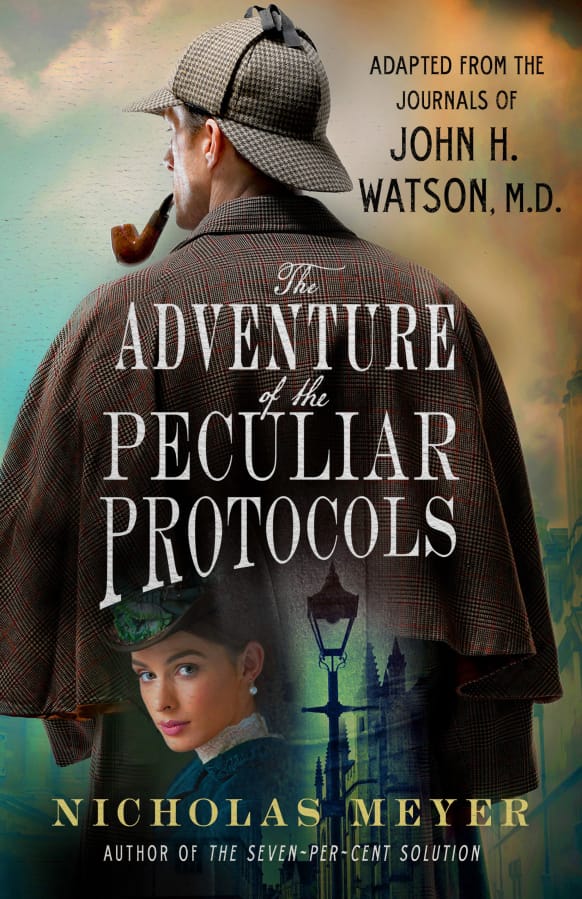In his sonnet “221B,” Vincent Starrett describes Sherlock Holmes and Dr. John H. Watson as two men “who never lived and so can never die.” Certainly the great sleuth and his chronicler are among the most vividly realized fictional characters of all time.
There’s a passage in Laurie R. King’s “The Game”– one of her Mary Russell and Sherlock Holmes novels — that charmingly shows this. Sherlock and Mary have been summoned by the detective’s older brother Mycroft, the sedentary denizen of the Diogenes Club who “sometimes is the British government.” One of the spymaster’s best agents, Kimball O’Hara, has gone missing in India. Mary — suddenly remembering “Kim” and its hero’s full name — exclaims, “He’s real then? Kipling’s boy?” To which Sherlock replies, “As real as I am.”
The detective and his chronicler Dr. Watson seem very real in “The Devil’s Due,” the third in Bonnie MacBird’s ongoing series of Sherlockian mysteries, following hard upon “Art in the Blood” and “Unquiet Spirits.” In this latest, Holmes and Watson must discover why some of London’s most notable philanthropists are being killed in macabre ways. A shipbuilding magnate named Anson is found drowned — in his bed. A fabric manufacturer named Benjamin hangs himself with a twisted strip from a bolt of cloth. A famous opera baritone, known for his immense lung power, succumbs to an exotic poison that prevents him from breathing.
Early on, Sherlock realizes — shades of Agatha Christie’s “The A.B.C. Murders”! — that the victims are being dispatched in alphabetical order. He also learns that all of them belonged to an exclusive society called the Luminarians, founded by two brothers, the dandiacal James and Andrew Goodwin. Might membership in the Luminarians be the key to the mystery?



